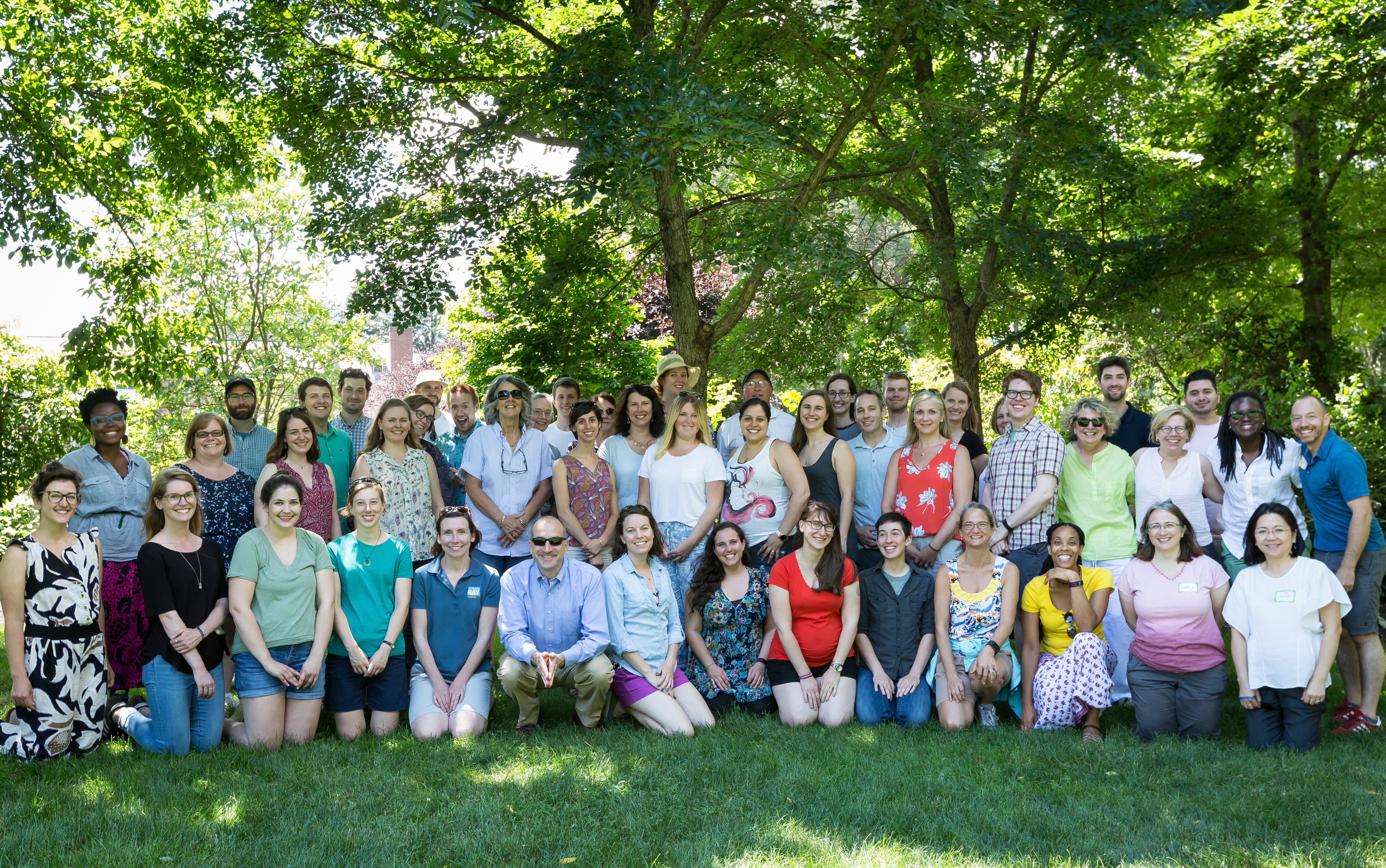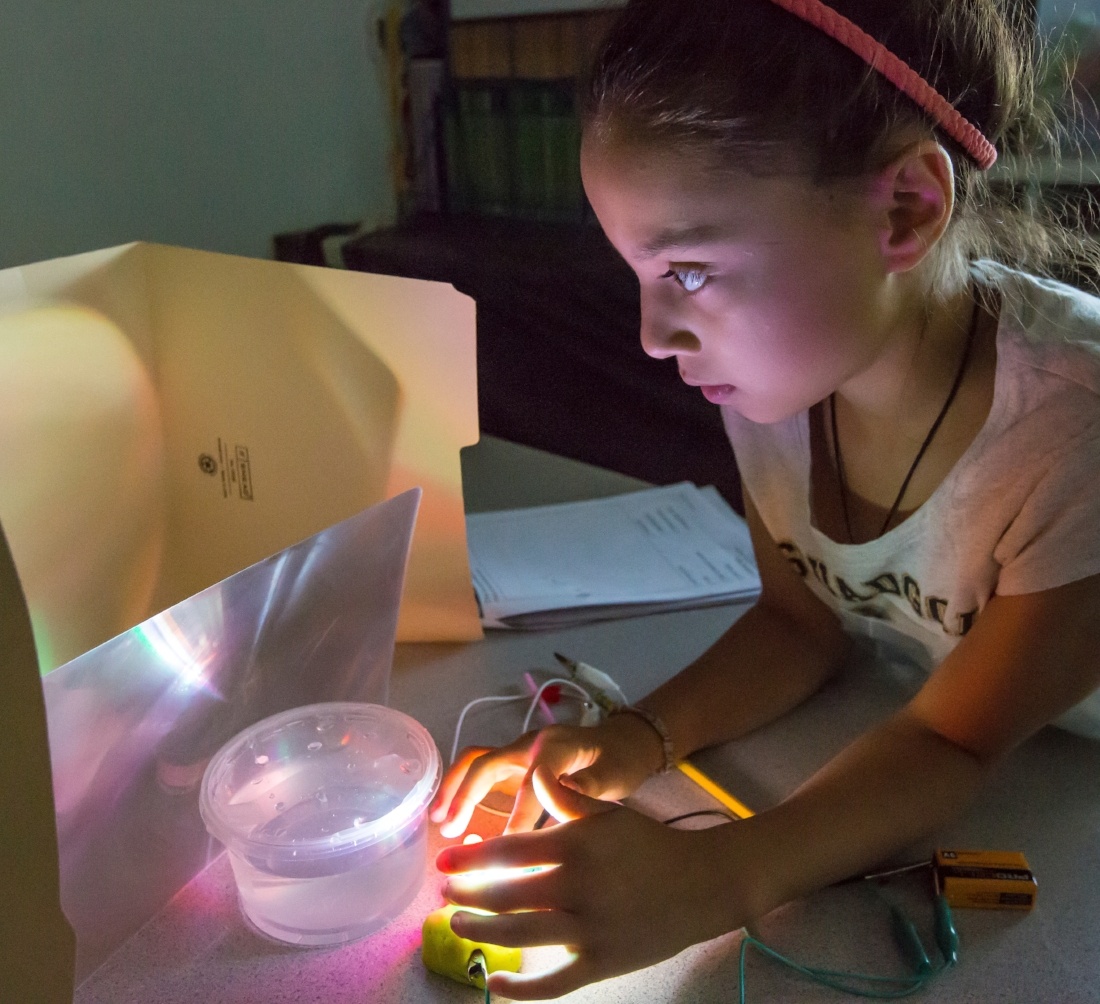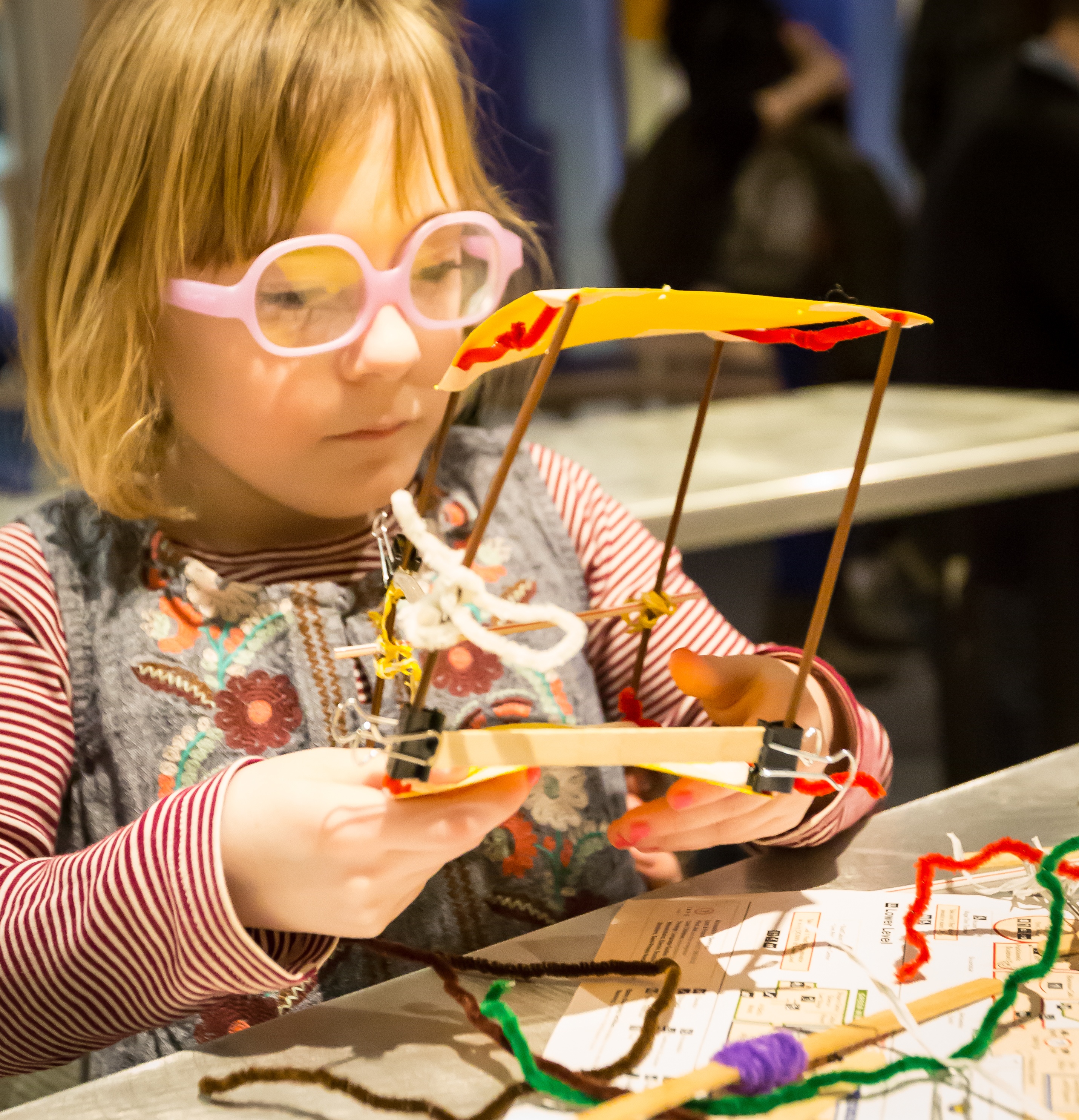The EiE team would like to thank you all for your continued engagement and support in 2017. We can’t wait to share our new offerings with you—like Wee Engineer, our engineering curriculum for preschool and Pre-K that will be released next year. If you’re as excited as we are, revisit our favorite anecdote from preschool pilot tests and watch this video featuring young engineers in action.
Thursday, December 21
‘Tis the Season for Engineering
The holiday season is the perfect time for cookie exchanges, snowball fights, and—of course—engineering! To get into the holiday spirit, we brainstormed ways to incorporate STEM into seasonal celebrations and came up with these three festive activities. It’s snow joke that this wintry mix isn’t exactly suitable for the classroom, but we hope the results of our festive brainstorming will help brighten a dreary winter day!
Tuesday, December 19
7 Holiday STEM Gift Ideas for Kids
The holiday vacation is a great time to spark a child’s curiosity and reinvigorate their love of learning. That’s why we’ve compiled a list of fun gift ideas that can inspire kids and keep them occupied during the winter break. Whether you’re an educator, parent, family member, friend, or volunteer this holiday season, buy a gift that can set its recipient on the path towards becoming a lifelong STEM learner! And if you want to test your engineering skills during your holiday break, try out our Engineering IQ Quiz!
Thursday, December 14
EiE Superstars of 2017
We develop curricula that we hope will inspire educators to take engineering learning to the next level. Every year, we are blown away by the stories we hear about the creative and unexpected ways that teachers implement and build upon our curricula. Today, we’re celebrating a few superstar educators who exemplify the values of EiE. Their stories feature powerful social justice connections, history-making STREAM certifications, and a three-legged dog named Champ!
Tuesday, December 12
2017 Roundup: Highlights of the Year
The EiE team has had a busy year! We hosted national and international PD workshops, met countless educators at conferences, and developed, tested, and refined our new curriculum guides and resources. There were so many exciting updates in 2017, we want to make sure you didn't miss a thing! Here are a few of the highlights of the past year at EiE.














